Health challenges and priorities change as we age. The needs of a 20 year old is very different from the needs of someone in their 40s. The past couple weeks we’ve been discussing what each decade of life requires as the years progress. Today we’ll be focusing on men ages 40-49. At this point in time, there are some universal changes between men and women which include: loss of lean muscle, increased body fat, decreased metabolism, digestion issues, reduced sweat production, and being more distractible.
Our job as coaches is to make sure that the program that you are following is in line with what your body needs. This is not to say that having a 6 pack or getting super lean is out of the question, however, it is important to understand the underlying mechanisms that happen in this age so that we can address them systematically and intelligently. At this age, working out to the point of “throwing up” or “dying” is no longer the method used to create change.
At the start of the 40s, testosterone production starts to decline. This hormone is responsible for many factors including muscle development, sex drive, improving bone density, and is a positive marker for health. This hormone is influenced by age, but also physical fitness and health. Men who are at a body fat of 25% or more are considered at a higher risk of developing chronic diseases, but also have a higher likelihood of having lower levels of testosterone. This will be seen with weight gain, muscle loss, decreased libido, and the development of breast tissue.
If the changes that happen to the body are related to age and decreased testosterone levels, do you think that high volumes of cardio and frequent high endurance activities like running, cycling, or continuous bouts of 30 minute chippers will help?
The types of sessions that have the most benefit are weightlifting and HIIT workouts. Include full body functional exercises like squats, deadlifts, and presses that will recruit the most amount of muscle per repetition executed. Weightlifting correctly will actually result in improved strength, healthier joints, and an improved metabolism. You will also experience improved blood flow because the heart and muscles are getting stronger; as a result, expect to see an improvement in sex in both performance and desire. A simple workout template would be squatting, deadlifting, and bench pressing 1x/week, for 5 sets of 5 reps. Add in additional body building exercises as desired.
HIIT or High intensity interval training can also have a really great effect on testosterone. However, it is important that the combination of both high intensity and intervals are used correctly. An example is going 90-95% maximal exertion for a very short period of time (up to 2 minutes of work) and then having a full recovery between trial rounds, which is around 2 minutes. This facilitates the proper energy systems necessary for muscle growth, increased metabolism, and keeping the stress hormone cortisol at bay. An example of a really great HIIT workout would be a 30s all out sprint on an airbike, followed by a 2:30 rest interval. Complete up to 10 rounds. Make sure you are going all out during the work interval and rest the entire recovery.
High endurance activities like long bouts of running, cycling, rowing, or long repetitive workouts are really great for the cardiovascular system (30 minutes per day 5x/week at a moderate intensity); however longer bouts of cardio at a higher intensity may actually cause a stress response. As a result, expect to see elevated cortisol levels which can break down muscles and negatively affect testosterone production.
If you feel like you are already strong enough and have enough muscle, you will continue to get even more of a benefit from strength and HIIT training.
Cutting out any one specific food group will actually put a strain on testosterone levels as well. Ensure that you are eating a healthy balance of carbs, fats and proteins. As we get older, the resting metabolism starts to decline, so it is important to be conscious about appetite levels. Focus on the quality of food: have a vegetable, lean protein and minimally processed carbohydrate at every meal.
It is going to be very important that you focus on how your body feels and its current energy levels. The ability to recover from workout after workout actually starts to decline and using fatigue, soreness, or complete exhaustion as a gauge for an effective workout program is going to cause more harm than good.
The biggest change that is going to occur in men in their 40s is that testosterone levels will start to decline. Combine that with a poor diet and poor health practices (being inactive or high bouts of cardio), these levels will drop and there will be muscle loss, fat gain, decreased energy levels, joint pain, and decreased sex drive.
If you need help starting a program that can help you with the effects of aging, then click here to book a free no sweat intro phone call with a coach today. This 15 minute consultation will identify your current baseline, establish goals, understand your motivating factors, and create an actionable plan that you can do immediately. Make this decade the best decade ever.
Have a great day,
Ashley
*The owner will not be liable for any errors or omissions in the information provided nor will the owner be liable for any accidents, injuries or other damage, howsoever occurring to any person or property arising out of or in any way connected to the use or application of information obtained from this message


